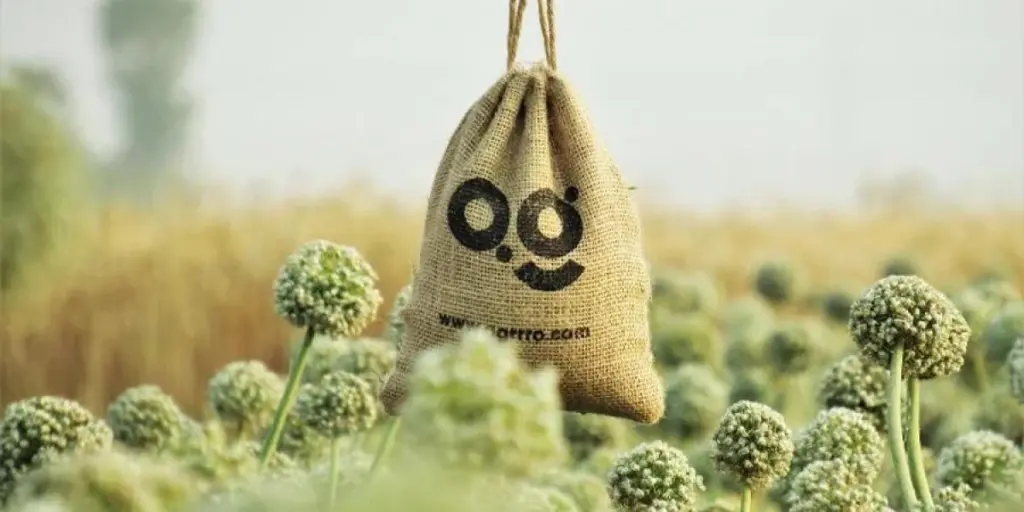Textile is a reusable and eco-friendly solution that can be used for packaging. For that reason, textile packaging is gaining popularity at a rapid pace as demand for it as an alternative to plastic packaging grows. This is a guide to the different types of textile packaging businesses can use for their consumer products.
Table of Contents
The demand for textile packaging
Trendy textile packaging types
Textile offers eco-friendly packaging
The demand for textile packaging
Textiles offer many benefits when it comes to packaging. They are durable and tear-resistant but lightweight and environmentally sustainable at the same time. Packaging made from textiles offer abrasion resistance, good barrier performance, waterproof properties, air-permeability, high tensile strength, and an overall uniformed appearance.
Increasing demand for biodegradable and reusable packages are the major factors driving the growth of textile packing. Textile is widely used in medical, Drawstring bags are pouches that are closed at the top with a drawstring. These bags of various sizes are commonly used for packaging skincare, cosmetics, jewelry, accessories, and apparel products.
Drawstring pouches can be made from a variety of textiles, including cotton, velvet, satin, canvas, or muslin. The drawstring can be designed using ribbon, twill tape, string, cotton ropes, or satin bands. Drawstrings can also be doubled up and tied together on each side for extra durability.
Cloth drawstring bags can be customized with logos added through silk screen, heat transfer, heat sublimation, computer embroidery, or hot foil stamping.retail, garment, and food and beverage packaging. Stringent regulations from the government prohibiting the use of plastic and mandating a switch to environmentally sustainable materials is also expected to continue propelling the expansion and adoption of textile packaging.
Trendy textile packaging types
Jewelry pouches
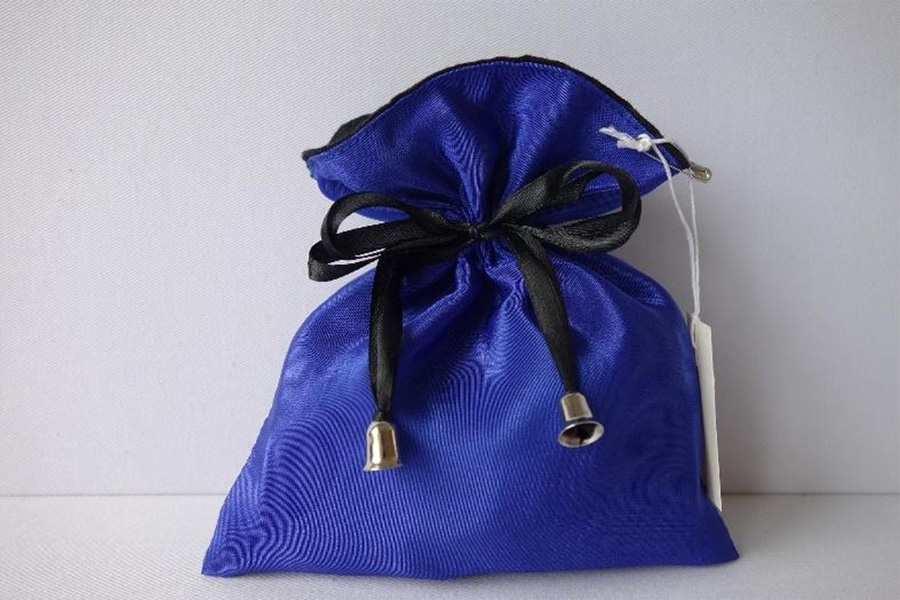
Jewelry pouches are a classic option for fashion accessories packaging. These types of bags are suitable for any type of jewelry, but their flexible exterior may offer less protection for high-end precious items.
There are a variety of materials and colors accessory pouches can be made of. Cotton, muslin, organza, or velvet drawstring pouches offer an elegant look and are easily paired with a company hang tag or woven brand label sewn into the side. The jewelry pouch can be closed with ribbon bows or drawstrings adorned with end stoppers or tassels.
Envelope jewelry bags made from microfiber, felt, velvet, suede, cotton, or satin are also popular. These fabric jewelry envelopes will often come with a flap, snap button, or zipper closure.
Drawstring bags
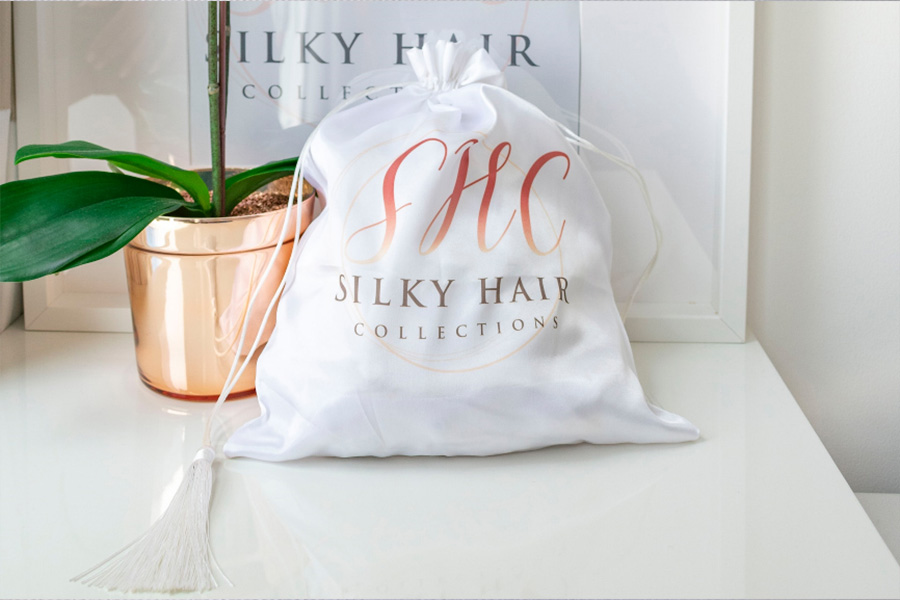
Dust bags
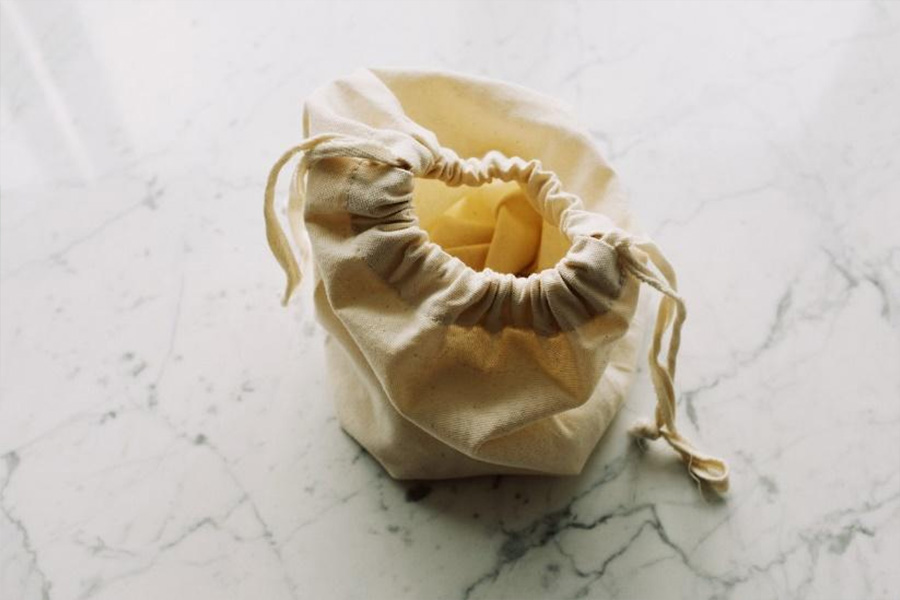
Dust bags are used regularly for luxury handbags, shoes, or wine packaging. They are designed to cover a product and protect it from sun exposure, moisture, dust, and color transfer. Many customers will also keep and reuse dust bags to store their own items at home.
Cover bags are generally made from silk or cotton with a drawstring closure at the top. Flannel cotton is the most popular fabric because it feels high quality and is gentle enough to protect leather products. Even though dust bags can be made from synthetic fibers, businesses should be advised synthetic bags may cause mold if excess moisture becomes accidentally trapped inside the drawstring bag.
To avoid color transfer, dust storage bags should be produced in a neutral color with an understated logo. A different color and fabric, such as cotton, polyester, or nylon, can be used on the drawstring as a stylish accent.
Jute sacks
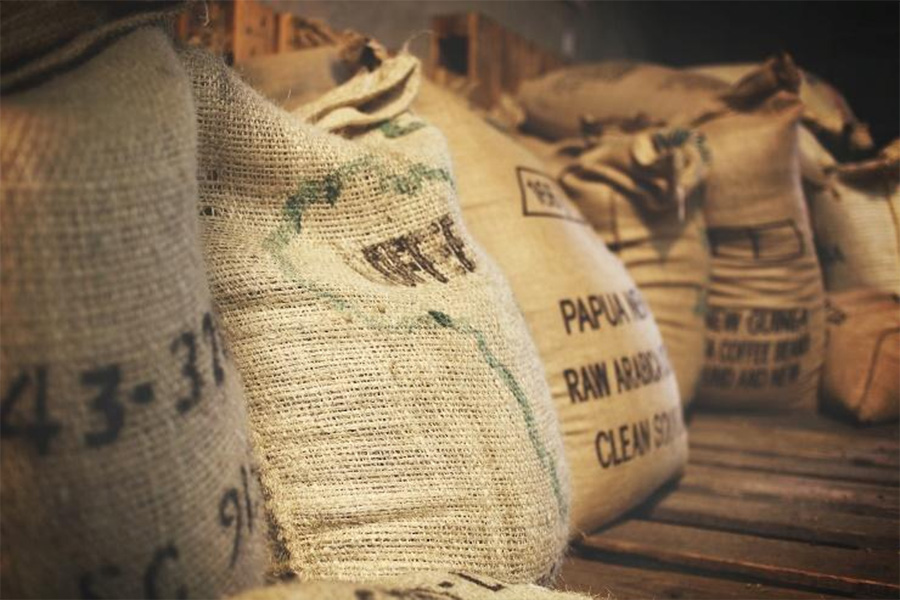
Jute is a material made of a natural fiber extracted from the bark of the jute vegetable plant. It is one of the strongest fibers available and the second most produced natural material after cotton. Its highly versatile properties and varied applications are projected to fuel the growth of the textile packaging market over the foreseeable future.
The jute fibre is frequently used to make jute sacks for carrying heavy loads in the agriculture and food industry. These sacking bags are often hemmed at the mouth and used for storing products such as food grains, cattle feed, rice, wheat, coffee, or nuts.
Food grade jute bags are treated with vegetable oils to remove the ill effects of hydrocarbons, thus meeting international quality standards for packing agricultural-based products.
Textile offers eco-friendly packaging
Textile is a popular option for businesses interested in switching to sustainable packaging. It is a material that is reusable and biodegradable, which makes it ideal for packaging products in a wide range of industries. The major types of textile packaging available include jewelry pouches, drawstring bags, jute sacks, and dust bags.
Businesses can respond to the great demand for low carbon footprint operations by exploring ideas around using textile packaging. In doing so, businesses can appeal to eco-conscious customers and experience the many benefits textiles have to offer.
